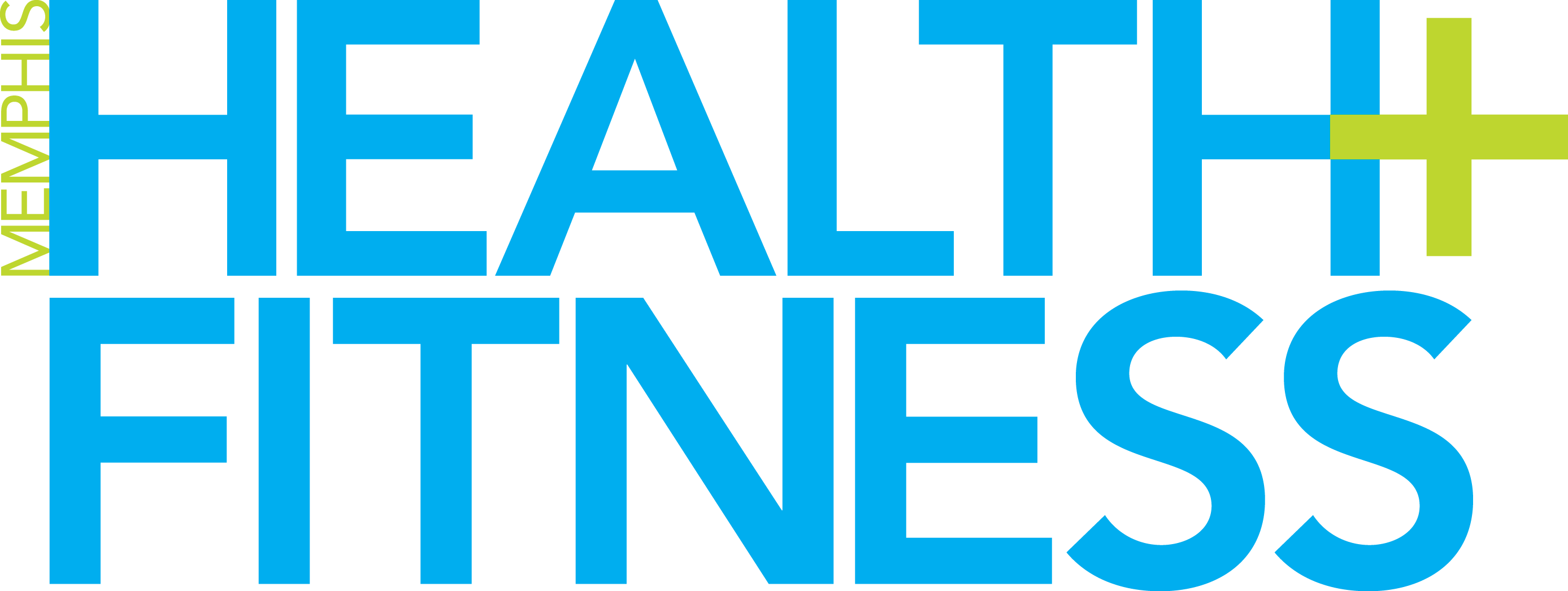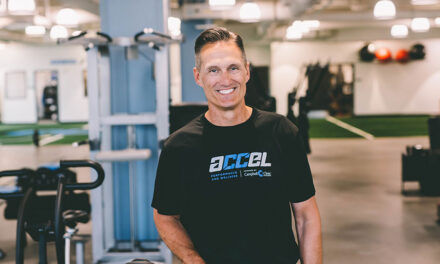We recently asked Shannon W. Finks, Pharm. D., and Emily Yopp Pharm. D., to answer reader questions on Bioidentical Hormone Replacement Therapy(BHRT). Yopp carries over a decade of experience in advising hormone treatment. Finks is a Clinical Pharmacy and Translational Science Professor at the University of Tennessee’s College of Pharmacy and founded ZüpMed alongside her husband. Yopp and Finks are on a mission to change the narrative on hormone therapy for women going through menopausal changes.
The Women’s Health Initiative Study (WHI) published in 2002 inaccurately portrayed breast cancer and other deleterious outcomes with all hormonal therapies. Not only did this dissuade women, but physicians became cautious in prescribing hormonal-based therapies for women suffering from menopause-type symptoms.
“There is a lot of misinformation out there about hormone therapy because many clinical trials have used mainly synthetic hormones, and these synthetic hormones are well known to have risks,” says Yopp. ZüpMed only uses BHRT, which are naturally occurring hormones identical to those produced in our bodies.
“The decline of estrogen during and after menopause can lead to unpleasant health complications that all women may not realize,” says Finks. “Hormonal therapies, in other words, are not just for vanity but for overall health.”
What is bioidentical hormone replacement therapy?
BHRT is a treatment that uses hormones identical on a molecular level to the hormones naturally produced by the human body. It’s often used to treat conditions caused by hormonal imbalances. These hormones can include estrogen, progesterone, and testosterone, which are custom-compounded or available in FDA-approved forms.
How is BHRT different from traditional hormone replacement therapy?
Traditional hormone therapy uses synthetic hormones or hormones derived from animals, whereas BHRT uses hormones that are chemically identical to those the body produces. Advocates of BHRT claim that this similarity makes bioidentical hormones more effective and safer than synthetic options.
What are the common conditions treated with BHRT?
Menopause: To relieve symptoms like hot flashes, night sweats, mood swings, and vaginal dryness.
Andropause: In men, it helps manage symptoms like low libido, fatigue, and muscle weakness caused by a decline in testosterone.
Hormonal imbalances: It may be used to treat conditions like thyroid disorders, adrenal fatigue, or severe premenstrual syndrome (PMS).
ZüpMed is a concierge, full-service medical facility and is one of the few establishments in the region to offer this effective modality for combating the effects of age-related hormonal imbalances. For questions, payment options, or to book an appointment at ZüpMed as a clinic member or a-la-carte, call 901.701.7010 or visit Zupmed.com.

How is BHRT administered?
They can be administered in several forms. However, the preferred forms are:
– Creams or gels: Applied to the skin and absorbed into the bloodstream.
– Patches: Worn on the skin to release hormones over time.
– Pills: Taken orally.
Can men use BHRT?
Yes, BHRT can also be used for men, primarily to address symptoms of low testosterone levels. This can help improve libido, energy levels, and overall well-being. Testosterone replacement therapy using bioidentical hormones is becoming increasingly common in men experiencing andropause or testosterone deficiency.
How do I know if I need BHRT?
If you’re experiencing symptoms of hormonal imbalance, such as fatigue, mood changes, sleep disturbances, or reduced sexual function, it’s important to see a healthcare provider. They can run tests to determine your hormone levels and recommend appropriate treatments, which may include bio-identical hormone therapy.
Dr. Yopp’s calling came after she decided to leave the traditional pharmacy setting. While working in a compounding pharmacy, she discovered a more fulfilling avenue with hormone therapy, where she could directly see her work positively impacting women toward a better quality of life.
Dr. Finks says she was inspired after her own journey with mid-life changes. “It was really difficult to siphon through the hormonal options that are out there, even as a professor reading scientific papers regularly. I wanted to share what I’d learned to help other women experiencing the same things and empower them to make the best decisions for their health.”
By Shlomit Ovadia
Photos by Tindall Stephens







